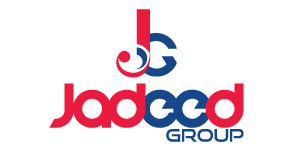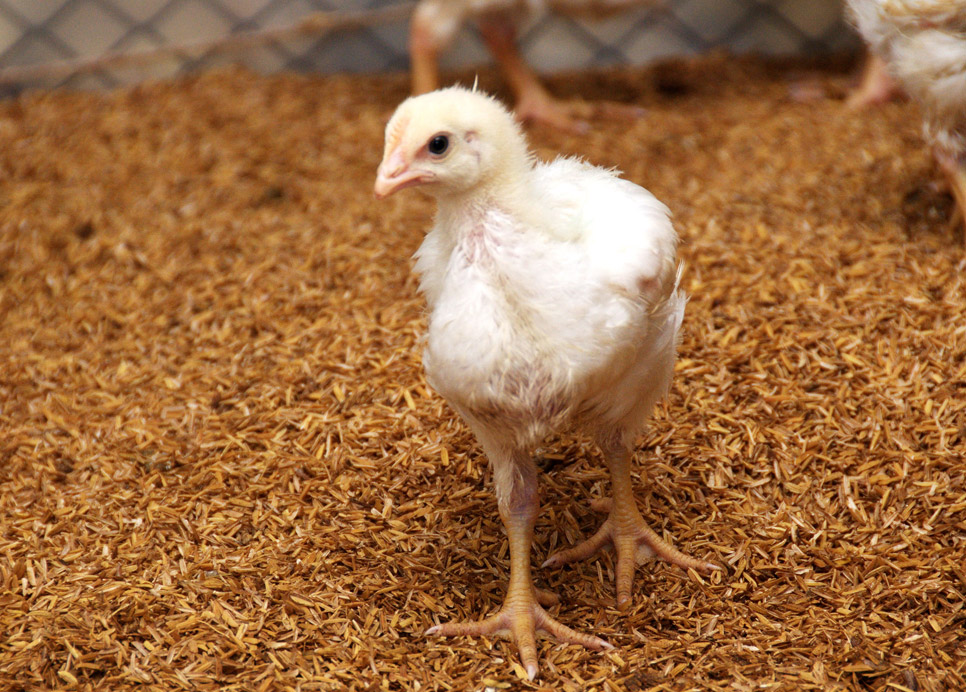Boosting Manufacturing Efficiency in the Poultry Industry
1. Automation and Technology Integration
Automation plays a pivotal role in streamlining operations and reducing labor costs. Implementing automated systems for tasks such as feeding, watering, egg collection, and waste management can significantly increase productivity. Advanced technology, like sensors and IoT devices, can monitor environmental conditions and bird health, allowing for real-time adjustments and proactive management.
2. Optimized Feeding Strategies
Feeding represents a substantial portion of poultry production costs. Optimizing feeding strategies by using precision feeding techniques ensures that birds receive the right amount of nutrients at the right time. Employing feed additives and enzymes can also enhance feed efficiency, promoting better growth and reducing waste.
3. Efficient Breeding Programs
Selective breeding programs focused on traits such as growth rate, feed conversion ratio, and disease resistance can lead to more efficient production. Utilizing genetic tools and data analysis can help identify and propagate the most productive and resilient birds, improving overall flock performance.
4. Enhanced Biosecurity Measures
Maintaining strict biosecurity protocols is crucial to prevent disease outbreaks, which can severely impact productivity. Regular sanitation, controlled access to facilities, and vaccination programs are essential components of a robust biosecurity plan. Preventing disease not only safeguards bird health but also ensures uninterrupted production.
5. Waste Management and Recycling
Effective waste management is vital for both environmental sustainability and operational efficiency. Implementing systems to recycle waste products, such as converting poultry litter into fertilizer or energy, can reduce disposal costs and create additional revenue streams. Efficient waste management also helps maintain a cleaner and healthier production environment.
6. Energy Efficiency
Reducing energy consumption is a key aspect of improving manufacturing efficiency. Upgrading to energy-efficient equipment, optimizing lighting and ventilation systems, and incorporating renewable energy sources can lower operational costs. Regular maintenance of equipment ensures optimal performance and extends their lifespan, further contributing to energy efficiency.
7. Employee Training and Engagement
Well-trained and engaged employees are essential for maintaining high operational standards. Providing ongoing training on best practices, safety protocols, and new technologies ensures that staff are knowledgeable and efficient. Encouraging a culture of continuous improvement and rewarding innovation can boost morale and productivity.
8. Data-Driven Decision Making
Leveraging data analytics to monitor and analyze production metrics can lead to more informed decision-making. Tracking key performance indicators (KPIs) such as feed conversion ratios, growth rates, and mortality rates helps identify areas for improvement. Data-driven insights enable managers to implement targeted strategies for enhancing efficiency.
9. Supply Chain Optimization
Optimizing the supply chain from feed suppliers to distribution channels can reduce costs and improve efficiency. Building strong relationships with suppliers, negotiating better terms, and employing just-in-time inventory practices help minimize waste and ensure a steady flow of necessary inputs.
10. Continuous Improvement and Innovation
Adopting a mindset of continuous improvement encourages regular evaluation and enhancement of processes. Implementing lean manufacturing principles, such as minimizing waste and maximizing value, can lead to significant efficiency gains. Staying updated with industry trends and innovations allows for the adoption of new technologies and practices that can further boost efficiency.
Conclusion
Enhancing manufacturing efficiency in the poultry industry involves a multifaceted approach that includes technology integration, optimized feeding strategies, robust biosecurity measures, and continuous improvement. By focusing on these areas, poultry producers can meet the growing demand while maintaining profitability and sustainability.
Admin – JG


